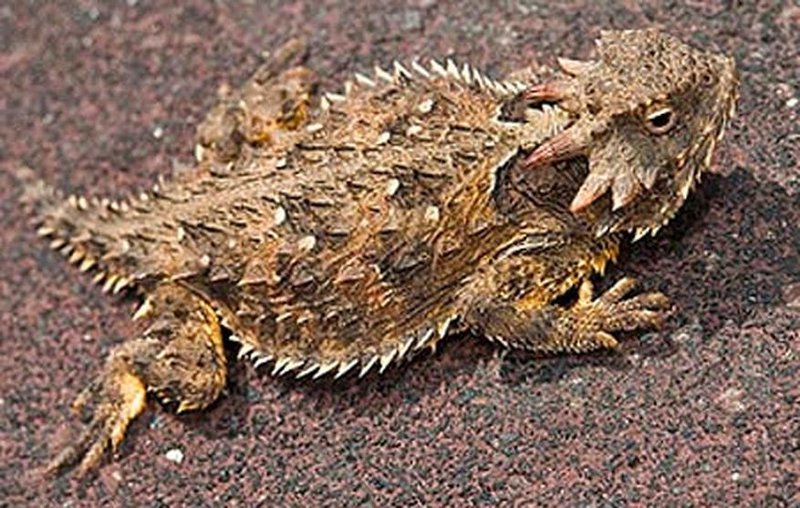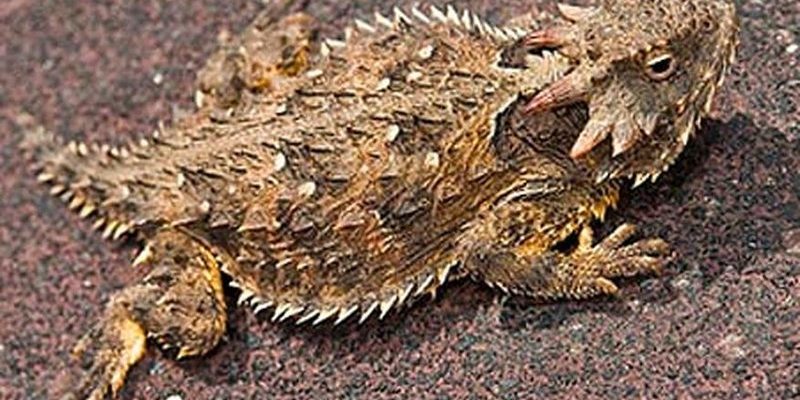
Now, let’s dig into how this fascinating lizard dances through stories and traditions. From Native American tales to modern interpretations, the horned lizard has become a cultural icon, enriching our understanding of nature and our shared humanity. So, grab a cup of coffee, and let’s explore this captivating subject.
Horned Lizards in Native American Folklore
Many Native American communities have deep-rooted connections to the horned lizard. For some tribes, like the Pueblo peoples, this lizard symbolizes the importance of earth and nature. In their stories, the horned lizard is often featured as a trickster figure, much like the coyote.
These trickster tales serve dual purposes: they entertain while imparting valuable lessons. For instance, one story may depict the horned lizard outsmarting other animals to teach a lesson about cleverness and adaptability. Such narratives reinforce the idea that intelligence and cunning can be more vital than brute strength—a valuable lesson embedded within their culture.
In other regions, the horned lizard is celebrated for its unique ability to blend into its environment. This trait is seen as a metaphor for the importance of adaptability in life. When discussing these stories, the lizard’s ability to change and survive becomes a powerful symbol of resilience and perseverance.
The Horned Lizard as a State Symbol
Interestingly, the horned lizard has also found its way into official state representations. In Texas, for example, the Texas horned lizard (Phrynosoma cornutum) holds the title of the state reptile. This designation reflects the lizard’s cultural significance in Texan history and identity.
The Texas horned lizard embodies the rugged spirit of the state. It’s often depicted in various local art forms, from sculptures to paintings, symbolizing the wild, untamed nature of Texas. When people think of Texas, they might visualize cowboys and cattle. Still, the horned lizard serves as a reminder of the natural world that surrounds us.
Local festivals sometimes celebrate this unique reptile, showcasing its role in the ecosystem. During these events, families gather, and the horned lizard becomes a center of attention, providing a fun way to educate young ones about wildlife and conservation efforts.
Symbolism in Popular Culture
The horned lizard isn’t just a star in folklore. It has made appearances in popular culture, often symbolizing something greater than itself. In movies, literature, and art, this quirky lizard often represents uniqueness and individuality.
For example, you might see it as a character in children’s books, teaching kids about diversity and acceptance. The horned lizard’s distinctive appearance makes it a memorable icon, particularly for young readers. Its “don’t judge a book by its cover” quality resonates well, encouraging kids to appreciate differences.
Similarly, in art, the horned lizard is sometimes used to represent the beauty of nature’s oddities. Artists find inspiration in its shape and colors, creating pieces that celebrate all creatures—no matter how unusual they may seem. This representation fosters an appreciation for biodiversity and the importance of protecting our natural world.
Folklore and Myths Surrounding Horned Lizards
Across various cultures, myths and legends have sprouted around the horned lizard, enriching its mystique. One prevalent belief is that the horned lizard can “shoot” blood from its eyes. This bizarre myth stems from the lizard’s unique defense mechanism, where it can squirt blood from its eyes when threatened.
Some cultures interpret this act as a powerful protective ritual. The idea is that by releasing this unexpected burst, the lizard distracts predators, giving it time to escape. This story is often used in teachings about the importance of self-defense and ingenuity in the face of danger.
Additionally, in some regions, people believe that spotting a horned lizard brings good luck. This reinforces its role as a guardian spirit, watching over those who appreciate its presence. These myths create a sense of wonder and appreciation for the natural world and its inhabitants.
Conservation and Cultural Significance
Understanding how the horned lizard fits into cultural narratives is crucial, especially as its habitats face challenges. Urbanization, climate change, and habitat loss threaten these lizards, and their decline raises alarms about broader environmental issues.
Many cultural advocates argue that maintaining traditions and tales about the horned lizard can help foster a sense of responsibility towards conservation. When community members share stories about the lizard’s significance, they often feel more connected to the creature, inspiring efforts to protect its habitats.
Moreover, educational programs focusing on this lizard can engage younger generations. By teaching kids about the horned lizard’s role in ecosystems and its cultural symbolism, we can instill a sense of stewardship towards the environment. Protecting this unique lizard isn’t just about saving a species; it’s about preserving the stories and wisdom woven around it.
The Horned Lizard and Humor in Culture
You might be surprised to learn that the horned lizard also brings a dose of humor to cultural narratives. Its quirky appearance and behavior lend themselves to playful interpretations. Children often find the idea of a lizard with horns amusing, which helps them connect with nature in a lighthearted way.
Many cartoons and children’s shows extend this humor, depicting horned lizards in silly scenarios. These representations help demystify reptiles, encouraging curiosity rather than fear. After all, fostering an appreciation for these creatures starts with understanding them, and a good laugh often breaks the ice!
Moreover, local jokes and sayings related to horned lizards can cement their place in community culture. These amusing phrases often highlight the lizard’s unique characteristics and inject a bit of fun into everyday conversations.
The horned lizard is much more than an intriguing creature; it serves as a cultural bridge, connecting us to nature and shared human experiences. Through folklore, myths, and modern representations, the lizard teaches us valuable lessons about resilience, adaptability, and the beauty of diversity.
As we learn about the horned lizard’s role in culture and folklore, we also recognize the importance of conserving its habitats. By appreciating and celebrating this unique reptile, we can carry forward its stories, ensuring that future generations will not only recognize its cultural significance but also understand the vital role it plays in our ecosystem. Let’s continue to honor the horned lizard—both in stories and in nature.

